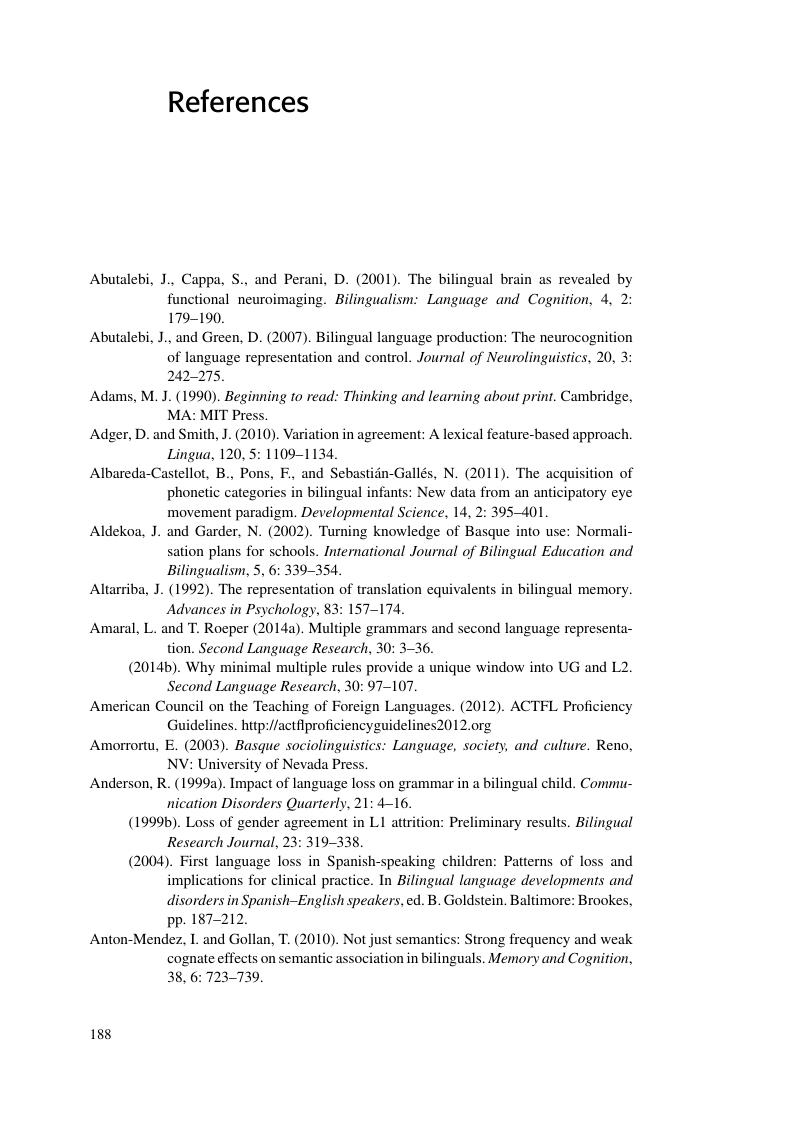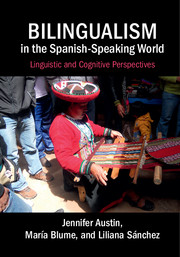References
Published online by Cambridge University Press: 05 May 2015
Summary

- Type
- Chapter
- Information
- Bilingualism in the Spanish-Speaking WorldLinguistic and Cognitive Perspectives, pp. 188 - 224Publisher: Cambridge University PressPrint publication year: 2015



